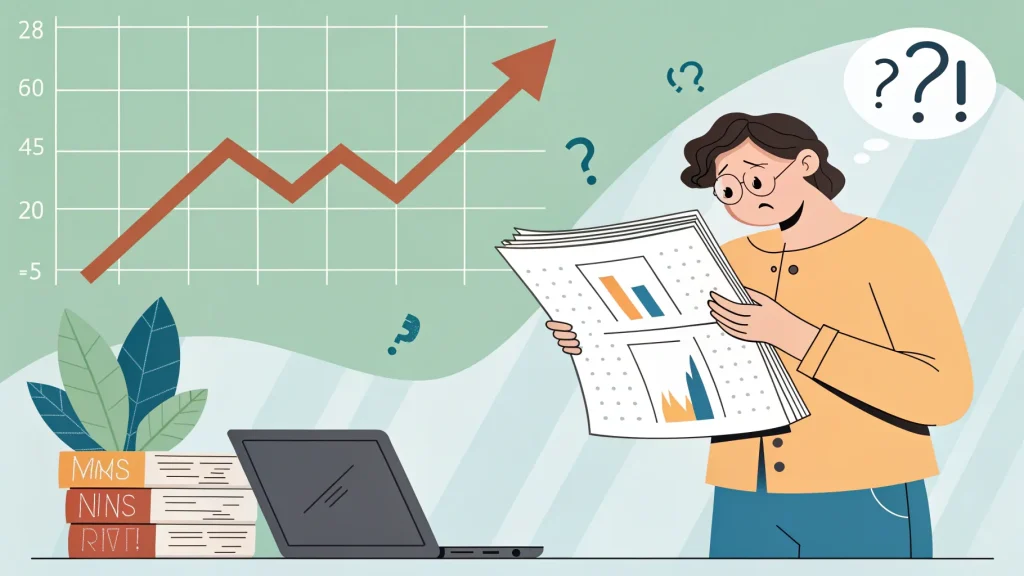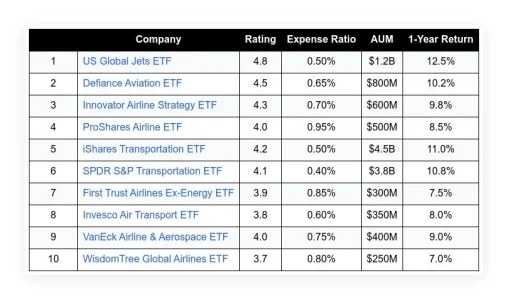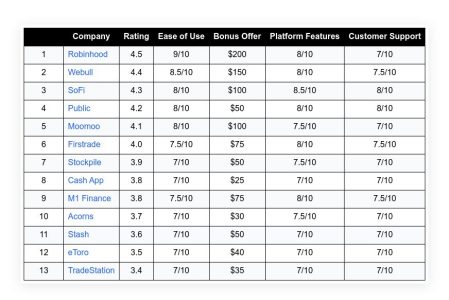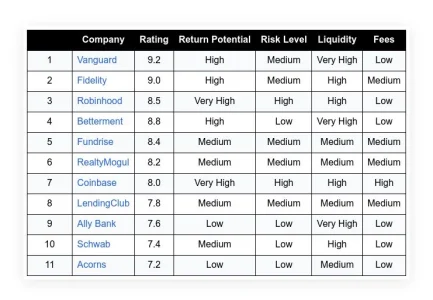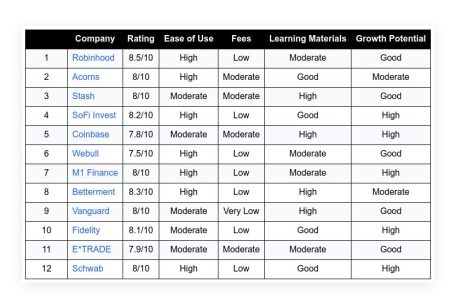I watched Netflix report record subscribers and strong ad sales. The stock fell 10% overnight anyway. That drop is a clean lesson for everyday investors. News can look great. The reaction can still hurt. As the CEO of LifeGoal Wealth Advisors and a CFP and CIMA, I often see this play out. This is why I urge people to think twice before buying individual stocks.
The main point is simple. Buying single stocks exposes you to hidden risks you will not model. Surprises often arise from taxes, regulations, accounting quirks, and shifts in guidance. You do not see them until they hit your account. Diversified funds exist to dampen shocks like this. They spread risk across many companies, sectors, and countries.
“Record subscribers, record ad sales. Stock down 10%.”
That line tells the story. Strong company news can still lead to a sharp loss if the market expected more, or if a new cost appears. In this case, a one-time Brazilian tax charge was the spark. The business did not implode. However, a tax surprise was enough to send the stock plummeting in a single session.
Table of Contents
ToggleWhy Good Headlines Can Still Lead to Losses
Stocks move on expectations. Wall Street builds detailed models. Those models examine revenue, profit margins, subscriber growth, and numerous other key factors. When a company beats estimates, the stock often rises. When it misses or guides lower, the stock frequently falls. But there is a third category. A company can deliver strong results and still see its stock drop because the market wants more or fears a new risk that was not previously factored into the price.
Think about Netflix here. The demand story looks strong. Subscriptions are growing. Ad sales add a new revenue stream. Investors tend to anchor on that story. However, the market is concerned with the entire picture. Profit, cash flow, taxes, legal issues, and future spending all matter. A tax charge can hit earnings. That changes the fair value in models. Even if it is a one-time event, it affects investor mood and risk appetite.
Individual investors rarely plan for this. Most do not read foreign tax rulings. Most do not analyze deferred tax assets or jurisdictional tax rates. Large investors do. They model this across many pages and scenarios. That gap explains a lot of “why did the stock fall?” confusion.
View this post on Instagram
The Problem With Picking Single Stocks
Most people buy a stock because they love the product or the brand. That is a start, not a plan. A stock is a claim on future cash flows. The price reflects the market’s best estimate of those cash flows and the associated risk. If you buy without a clear thesis, price discipline, and a risk plan, you are gambling on headlines.
Hidden risks are why single-stock picks often backfire. Some examples are helpful.
- Tax and regulation: Sudden tax changes, fines, or compliance costs can cut earnings.
- Accounting rules: Revenue timing, one-time charges, or write-downs can significantly impact results.
- Currency swings: A strong or weak dollar can either boost or harm overseas profits.
- Supply and demand shifts: A hot product cools faster than expected.
- Competitive moves: A rival cuts price or launches a new feature.
None of these requires a bad business. They are normal. However, they can hit at random and significantly impact a stock. When you own one stock, that shock hits you full force. When you own a diversified fund, only a small piece of your money gets hit.
The Expectations Game: Why “Record” Is Not Always Enough
The market runs on comparisons. Results are compared to prior periods and consensus estimates. Then guidance gets weighed. If the market thought record subscribers would be even higher, the stock can drop. If a charge reduces profit, the stock can drop. If management signals higher spending next quarter, the stock can drop. This is not unfair. It is how price discovery works.
There is another layer. Valuation. If a stock trades at a high multiple, it needs to deliver great and clean results to maintain the level. High expectations bring more downside when a surprise pops up. Netflix has worn a growth label. Growth stocks can swing more because assumptions are more sensitive.
The Brazil Tax Shock: A Real-World Case
The Brazil one-time tax charge that hit Netflix is the kind of risk that is hard to see from the couch. It is not about whether the service is good. It is about how profits get taxed in different places. The rules shift. New rulings appear. Companies comply. The cost shows up in the financials.
Was the business broken? No. But the market had to reset the numbers. That reset reduced the stock by 10% in one move. For someone who bought on the “everyone loves Netflix” idea, that is a harsh surprise. For someone in a broad fund, it was a blip inside a much larger mix of names.
“Stop buying individual stocks. You and the Red Army simply aren’t modeling for risks like changes in international tax law.”
The language is blunt. The point is practical. If you do not have the tools to model cross-border tax, you should not stake your money on a single name that depends on it.
Diversification Is Not Boring—It Is Protection
I get why single stocks draw people in. They feel exciting. The story is personal and straightforward. But portfolio math wins over feelings. Diversification reduces the likelihood that one unexpected event will disrupt your plan. It also reduces the up-and-down ride, which makes it easier to stay invested.
Broad index funds and well-built ETFs spread risk. They own many companies. When one gets hit by a tax or legal shock, others offset it. Your outcome depends more on the market and the economy, not on a single headline. That is a better match for long-term goals like retirement, college savings, or a home down payment.
How I Think About Risk and Position Size
I am not saying no one should ever own a single stock. I am saying most people should not build a plan around them. If someone insists on owning a few names, some guardrails help reduce damage.
- Limit size: Keep any single stock to a small slice of your portfolio.
- Know why you own it: Write down your thesis, risks, and exit plan.
- Respect valuation: Do not ignore price. Great companies can be bad investments at the wrong price.
- Use funds as the core: Make diversified funds your base. Single stocks are the satellite, not the centerpiece.
- Set rules: Decide how you will react to bad news before it hits.
Those simple rules help remove emotion. They create a process. A process beats hunches.
Behavior Traps That Hurt Investors
Many losses come from the mind, not the market. People anchor on familiar brands. They get overconfident after a few wins. They chase what is hot and freeze when it falls. That cycle repeats. This is why many underperform the very funds they own.
Here are a few common pitfalls to watch out for. Recency bias makes you think recent news will keep repeating. Confirmation bias causes you only to see evidence that supports your position. Loss aversion causes you to hold onto losers too long and sell winners too quickly. Recognize these habits and establish rules to combat them: automated contributions and rebalancing can be helpful.
What To Watch on Earnings Days
Even if you do not buy single stocks, earnings days can rattle you. Market moves can spill into funds. Knowing what drives the reaction helps you stay calm. Analysts look at revenue, margins, profit, cash flow, and guidance. New costs like taxes can be the swing factor. Ask yourself a few simple questions when you see a big move:
- Was the move due to core demand or a one-time issue?
- Did guidance change in a lasting way?
- How concentrated is my exposure to this name or sector?
- Does my plan depend on a quick rebound?
If your plan rests on one company’s next quarter, that is a sign your risk is too high. Long-term investors focus on time in the market, not timing the market.
Building a Portfolio That Can Withstand Shocks
A strong plan starts with goals. Match your mix of stocks, bonds, and cash to your time horizon and risk tolerance. Use low-cost index funds or well-run ETFs as the core. Rebalance on a schedule. Add to positions through recurring contributions. Keep taxes and fees low. Hold enough cash for near-term needs so you are never forced to sell at a bad time.
I also like to separate “need to have” money from “nice to have” money. The first bucket should be boring and steady. The second bucket can hold more growth. If you must scratch the stock-picking itch, do it with a small “fun money” sleeve. Cap it. Keep it separate. Do not let it invade your core plan.
The Takeaway From Netflix’s Drop
The Netflix move was not about the service or the fans. It was about a risk that most people do not see coming. A single stock can fall fast for reasons that have nothing to do with product love. That gap between story and stock price is where small investors often get hurt.
There is a better path. Own the market. Let diversification work. Keep costs down. Stick to a plan you can hold through bad days. Treat single-stock bets, if any, as small and controlled. Do not let a surprise tax bill in a foreign country derail your future.
I want people to build wealth with fewer shocks. The way to achieve this is to avoid concentrated bets, remain humble about what you cannot know, and utilize tools designed for long-term goals.


